Go native
May 2021
Just in time for spring planting, here’s some information on how to turn your yard into an ecological wonderland providing much-needed wildlife habitats for birds, butterflies and insects. The action of individuals can make a huge difference in the survival of numerous species and the overall health of our planet. This information comes from an excellent book recommended by a good friend: Nature’s Best Hope by Douglas W. Tallamy.
Shrink your Lawn
While manicured expanses of lawn are often considered the gold standard in suburban landscaping, lawns are terrible at delivering the essential ecosystem services we all depend on. The amount of oxygen produced on a lawn is a small fraction of what was produced by the original plant community (trees and shrubs). Lawns are equally bad at cleansing water and returning it to the underground aquifer, sequestering carbon and pumping it into the soil, pulverizing topsoil with their roots to improve drainage, and transpiring moisture into the air as part of the water cycle. Adding trees and plants will greatly improve your yard's productivity.
Grow Native Plants
Plants which are native to your area share an evolutionary history with the plant and animal communities in your ecoregion. They are vastly superior at performing local ecological roles than plants introduced from somewhere else. Insects transfer energy from plants to other animals but most insects are very fussy about which plants they eat. Over thousands of years, 90% of insects have developed extremely specialized host-plant relationships where they will eat only one or a few plants. Insects, butterflies and birds will all benefit from an increase in native plants. And consequently, humans will benefit as well—enjoying the diversity of wildlife in their yards and improving the carrying capacity of their local ecosystem.
To find which plants are native to your zip code, visit www.audubon.org/native-plants
